Far from giving up on cooperation with China, Italy will cooperate more selectively, openly, and strategically.
Far from giving up on cooperation with China, Italy will cooperate more selectively, openly, and strategically.
By Mehmet Enes Beşer
Italy’s exit from China’s Belt and Road Initiative (BRI) in 2023 was a symbolic diplomatic move. Having been the first and only G7 country to officially join the BRI in 2019, Italy’s entry had been viewed as a grand vote of confidence in Beijing’s vision for global connectivity. Its pullout, four years later, is being interpreted in certain quarters as a sign of growing European opposition to Chinese dominance. But that is not how things stand. Rather than a break with China, Italy’s move is, in fact, a quiet restart—an effort to reboot a bilateral relationship that had become politically exhausted and economically unexciting.
Italy’s embracement of the BRI never was easy. Assisted by the populist Five Star Movement in its government coalition with the League, Italy’s 2019 memorandum of understanding (MoU) was resisted from the start by Italy, as well as from the other side of the ocean. Both Washington and Brussels saw the move as the potential turning point of Western strategic cohesion. Even within Italy’s commercial and diplomatic elites, interest in the BRI was tempered by concerns over asymmetric benefits, transparency, and compatibility with European Union (EU) standards.
Those concerns were justified. Despite promising high amounts of investment in infrastructure, increased trade, and increased cooperation on paper, concrete outcomes from Italy’s participation in the BRI were muted. The BRI impetus continued to increase trade with China—again, however, merely at a trend in sync with global rates as a whole rather than driven by BRI incentive. Italian export to China trailed imports in reinforcing the continuing trade deficit. Meanwhile, high-flying, hyped-up flagships failed ever to materialize on their intended scale of origin. As contrasted to various regions in Africa or Southeast Asia, Italy’s BRI never became an economic game-changer.
This breakdown, combined with rising geopolitical tensions, led to a strategic overhaul. The 2022 Atlanticist and nationalist conservative government of Prime Minister Giorgia Meloni had a delicate balancing act to perform: how to maintain economic ties with the world’s second-largest economy without appearing too close to an aggressive China. While relations between the EU and China more and more came to be determined on the terms of “de-risking” rather than “decoupling,” Italy’s withdrawal from the BRI was a simple and symbolic measure short of sacrificing the entire relationship.
Its most pressing challenge is how to adapt to post-BRI reality. China is a strategic trading partner, a prime source of investments, and a potential ally in the response to global challenges like climate change, health, and innovation. Rome cannot, nor need it, seek confrontation. What it needs to do is build a new engagement platform: less political, more economic, and closer to the strategic interests of the EU.
This will require a continued diplomatic effort. Italy ought to, first and foremost, place its economic cooperation with China within the framework of the EU. The European Union has already begun the Global Gateway framework—a competing alternative to the BRI based on sustainability, openness, and democratic values. Italy can be at the forefront of coordinating its infrastructure and development cooperation within this framework, presenting alternatives based on European interests without constructively decoupling from Chinese actors.
Secondly, Italy needs to have its economic diplomacy refined. Italian industries as varied as luxury goods to automobile components, green tech, and port infrastructure continue to be sought after by Chinese investors. Rather than viewing every Chinese investment through a securitized lens, Italy needs a clear framework of investment screening that separates strategic and non-sensitive industries. That would provide predictability for foreign partners while safeguarding national interests.
Third, cultural and academic exchanges may be stabilizers in a risk-averse world. Italy’s centuries-old tradition of academic diplomacy—through universities like Confucius Institutes and university partnerships—needs to be sustained but under more liberal governance standards to ensure academic freedom and openness. People-to-people relations can persist through tourism, education, and cultural diplomacy as official relations are reoriented.
Of primary concern is that Italy cannot allow the post-BRI reset to fall into strategic ambiguity again. Transparency with both Beijing and domestic stakeholders is crucial. Italy needs to be in a position of sovereign self-confidence, not ideological opposition. Backroom diplomacy underpinned by consistent policy and in line with EU partners can avoid the risks of overreaction that have characterized some Western responses to Chinese growth.
Rome needs to also look beyond the bilateral relationship and see how its China policy fits into its overall Indo-Pacific vision. Italy is not a Pacific power, but it is increasingly engaged in regional strategic action through naval deployments, trade routes, and G7 membership. Inducing Indo-Pacific stability—either multilaterally or through EU coordination—would demonstrate Italy as a shaper of regional order without being in explicit confrontation with Beijing.
Conclusion
Italy’s withdrawal from the Belt and Road Initiative is not a break-up—it’s a restart. It is a sign of the foreign policy maturity of Italy at a time when geopolitical alignment and economic pragmatism must be weighed carefully. Far from giving up on cooperation with China, Italy will cooperate more selectively, openly, and strategically.
This reboot is an opportunity for a more fair and fair partnership with Beijing—a orthogonal benefit relationship and not a play of political theatre. In doing so, it allows Italy to reclaim its European calling and Atlantic loyalties without sacrificing its economic payoff on one of the 21st century’s dominant world relationships.
Guiding this fresh page will require diplomatic finesse, institutional unity, and foresight over time. If handled well, Italy can be less a cautionary story of BRI hubris and more an inspiration to middle powers’ capacity to rebalance with the great powers while not sacrificing strategic independence and economic engagement. It’s not a story of slamming doors—but of choosing which to open, and through which to safely travel.



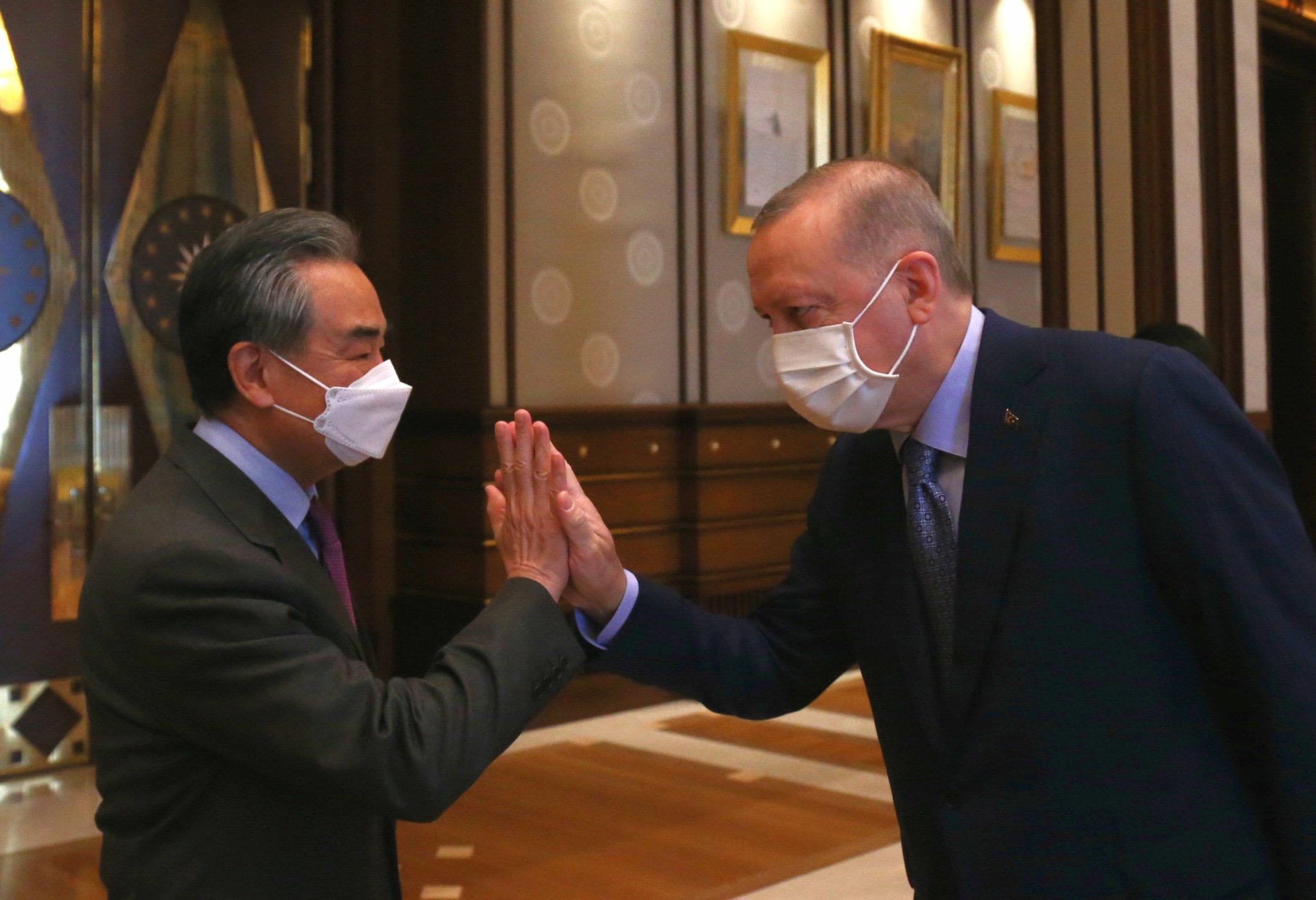



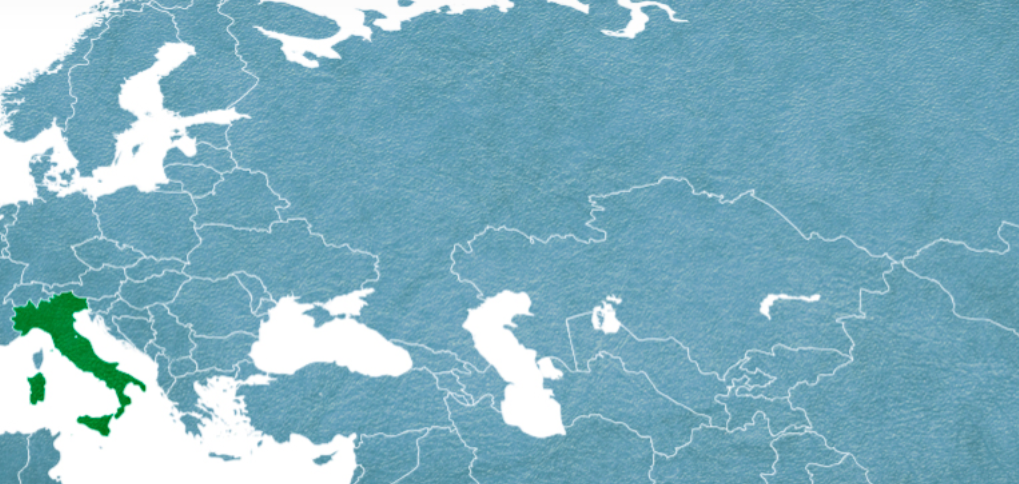





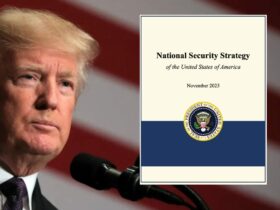
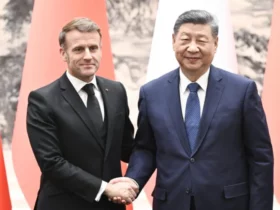

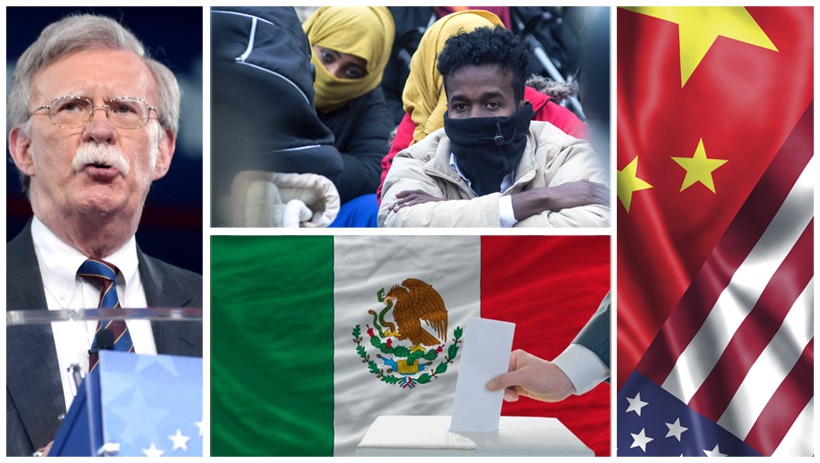
Leave a Reply